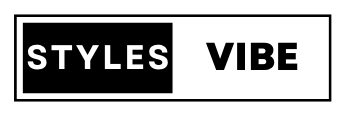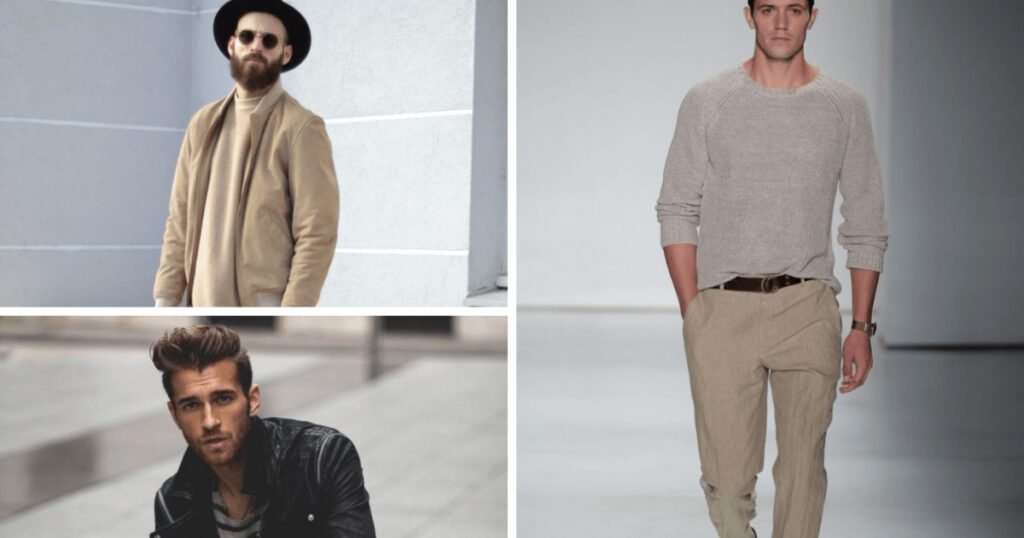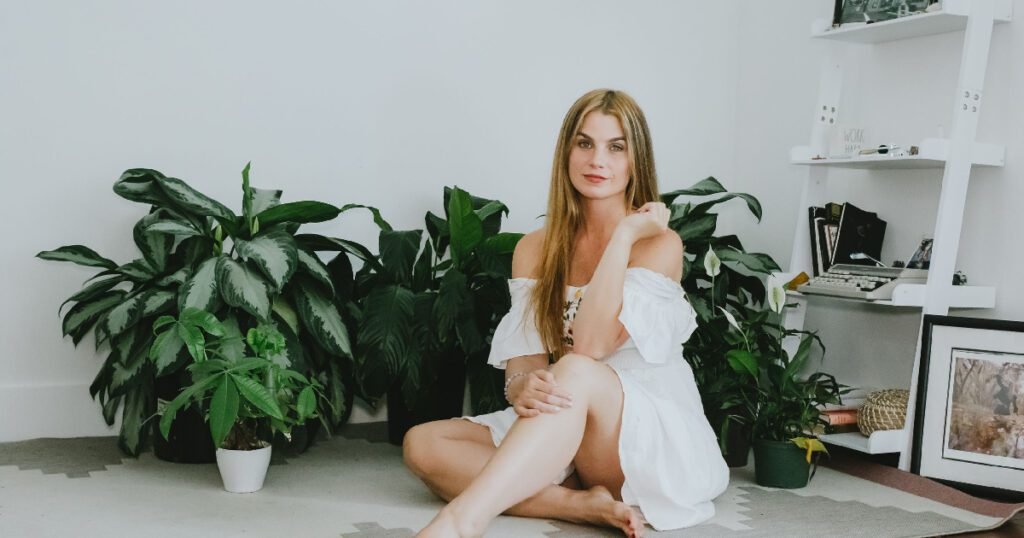1920s Fashion Menswear (Twenties Clothes)
It was the 1920s that marked a significant change in men’s 20s fashion menswear. After World War I, both expressed a sense of freedom and renewed purpose in the form: as Fashion reared back from NRL’s conservative values toward this evolving style choices, out with the heavy, structured suits of the last century and in with lighter fabrics, ease-of-wear silhouettes, and style-first longevity. There has been a shift concerning how men dress: they have started wearing slightly less formal attire (but still very polished)—rugby shirts, untucked oxfords, and the like—which would be anathema in 2008. This time was the first of what we know today as ‘modern menswear.’
1920s: The Long and Short of It
The Roaring Twenties were a period in which culture changed tremendously throughout the 1920s. The West was still a changed world emerging from the aftermath of World War I – and this fresh commitment to life infused itself into everything, from music to Fashion. If they could afford to, people wanted to live it up — and that sense of joie de vivre spilled over into the way women dressed. Jazz culture, the rise of flappers, and other new cultural movements brought about a sense of rebellion against established norms. This artistic background has significantly influenced the trends and styles of Fashion in this decade.
Era: 20s Menswear Essentials
There were a few distinguishing features of men’s Fashion during the 1920s. The former tended towards more pared-back, tailored silhouettes. Suits turned out to be more restricted and deliberately cut, made with high waist pants and coats conditioned at the shoulders; this further underlined a man’s lapel. The second was a move toward more informal but still stylish wear. During these years, knitted ties and new collars set lower on the neck became all the rage. Finally, accessorizing was a significant focus. Pocket squares, cufflinks, and watches were integral to a man’s wardrobe.
Menswear And The Jazz Influence
Jazz music was one of Fashion’s most pervasive musical influences throughout that period. Jazz is also known to be one of the largest cultural powerhouses during these roaring twenties. And jazz’s brassy, uptempo vibe translated to bright geometric shapes in menswear prints. Even jazz musicians became style icons, always wearing sharply tailored suit jackets and trousers, wide-brimmed hats, and shiny two-tone shoes. The music and fashion forms are all intertwined to represent the rebellious spirit of freedom rendered throughout this decade.
The Birth of the Modern Suit
It started in the Roaring 1920s, although sartorialists from other eras would quibble with that. During the decades that preceded this one, men’s suits tended to be quite weighted and featured restrictive collars and elevated jacket buttons. However, the 20s introduced lighter, more comfortable fabrics such as tweed and flannel. The latter-day suit also sported a lower button stance, broader lapels, and a more natural shoulder line. This change was not just cosmetic but represented a further step in the societal trend of moving towards comfort and a pragmatic approach to their accommodation.
The 1920s — Striking the Right Tone Between Casual & Formaldatatable Style WordPress Casua Most men in the early 20th century preferred conservative, darker-colored three-piece suits: a jacket and pants (of…
Another charming element of the 20s fashion menswear was its casual and formal blend. Although business-neutral neutrals and evening trousers prevailed, a few more informal options for day wear were also beginning to find favor. Guys were exploring separates and customizing their ensembles; however, these beginnings mixed coats with trousers and added loaded items like socks-coats to sets. It was a great break from the old days when there were stern rules to Fashion, which brought more brains and versatility towards dressing.
The 10 Carryall Accessories That Sum Up the Decade
Menswear in the 20s —- Accessories were key. Hats may be the ultimate 1920s accessory, but so much modern headgear can boast heritage back to this decade. Fedoras, bowlers, and boaters are practically synonymous with those times; hats, in general, were totally en route in era fashion993. Other favorite accessories were silk scarves, pocket squares, and cufflinks that gave a touch of style to every look. In addition, wristwatches began to take their association as essential accessories, often worn in place of pocket watches, symbolizing the evolving pace of life in modern society.
1920s Fashion: Colors and Fabrics
The colors and fabrics represented a bold, confident new age in 1920s menswear. This season, menswear was dominated by warm, rich hues of brown and grey mixed with blues(reflects contemporary everyday wear), sometimes punctuated by bright tones (burgundy/red ochre), mustard, or emerald. Suits — especially double-breasted and those with broad, padded shoulders– rose in popularity after the 1985 threat; shirts featured stripes or checks of large sizes. Wool (tweed and flannel…), the fabric/style highly representative of sportswear, matters equally for comfort and constitution. These elements were useful and included in the general elegance of men’s style throughout this period.
Hood By Air Fall 2014 The Sportswear Uprising in Menswear
The 1920s also saw the expansion of mannequins into sportswear. The clothing styles associated with these hobby sports came with a rise in things like tennis, golf, and boating as leisurely pursuits. Men, in turn, started to dress down, sporting knitted sweaters and plus-fours (knickered pants) with open-neck polo shirts. That move toward sportswear indicated a trend towards easier, less formal clothes still built to taste. Meanwhile, the ’20s sportswear was a forerunner of most men’s casualwear today.
Cinema and Celebrities”’ impact
Theatres were also important in disseminating the menswear fashions of the 20s. Characters in Hollywood movies, represented by men like Rudolph Valentino and Douglas Fairbanks, became the mannequins of style -influence for everyone around the globe. They were usually seen wearing the newest trends, from tailored suits to sporty casual wear, and many of their appearances led to becoming widespread styles. This was also a demonstration of Hollywood’s increasing clout in defining social mores as cinema sat at the juncture of Fashion, costume, and cultural aesthetics.
1920s Fashion Transformation
The impact of 1920s fashion menswear can still be witnessed today. The era spawned the slim, tailored silhouettes, focus on accessory items, and dichotomy of formal versus casual wear that we now take for granted. Many current fashion designers borrow styles from the 20s, such as wide lapels, double-breasted jackets, and vintage fabrics, to be the art of their collection; you will certainly not have any trouble finding them. What continues to make ’20s fashion menswear so appealing is its contemporary functionality, which meets a distinctively stylish aesthetic.
how to wear ’20s style now
Reinterpréter son dressing aux couleurs des années 20 peut-être amusant pour rendre hommage à cette période iconique! The ideal is a slim-tailored suit with skinny lapels, a high-rise waistband, and stovepipe trousers. Complete Your Look: Top off your outfit with classic-inspired accessories like pocket squares, cufflinks, or Old World wristwatches. Chinos or a pair of chinos, a sports coat, and a bold-patterned knitted sweater are also excellent for these occasions. Regarding the ’20s fashion menswear, the devil is in the details and a balance between vintage and contemporary elements.
In conclusion: menswear in the 20s_critics_choice_lists
The style of the 1920s was more than a fashion statement; it embodied a sense of cultural movement and societal changes in this defining era. A New Sartorial Dawn – Men shed the stuffiness of their traditional sartorial sensibilities and moved in an uptown, downtown way. The influence of 20s menswear is visible in everything from modern suits to casual sportswear, and his legacy continues even today. If we know a little about the essentials now, we may see how its influence can still be seen in men paying more attention to what they wear today.
FAQs on 20s Fashion Menswear
So, What the hell do you need to know about 1920s men’s FASHION?
Details—streamline cut; high-waist pants for men were new, as were spiffy accessories such as pocket squares and cufflinks, which melded a casual attitude with essential dress-required pieces.
In what ways did jazz culture affect 1920s menswear?
Jazz culture introduced bold patterns, bright colors, and a sense of scandalousness to men’s Fashion, emulating the busy musical forms.
And what part did cinema have in making jazz-age menswear popular?
Cinema and other forms of media helped to popularise the various styles worn by Hollywood stars during this period, leading teenagers across the developed world to adopt these fashion trends as their own with help from certain pop culture icons in a convening process between ages old localized custom made patterns of dress decorated for special occasions such as at home, a dinner party or graduation day, promenade festivities, and formal social engagements.
Q: I’d love to add some 20s-style menswear to my modern wardrobe without looking like a time traveler.
Close-fitting suits and prohibition-era accessories worn with more laid-back pieces ensure the 20s style never takes on a costume appearance.
Q2: Why hasn’t 1920s menswear died out yet?
Related: Why 1920s Men’s Fashion Will Always Be Classic. Its timeless elegance, strong focus on craftsmanship, and ability to marry style with practicality have rendered it virtually impossible for any other era of male clothing to overshadow its influence.
Learn about 1920s men’s fashion




